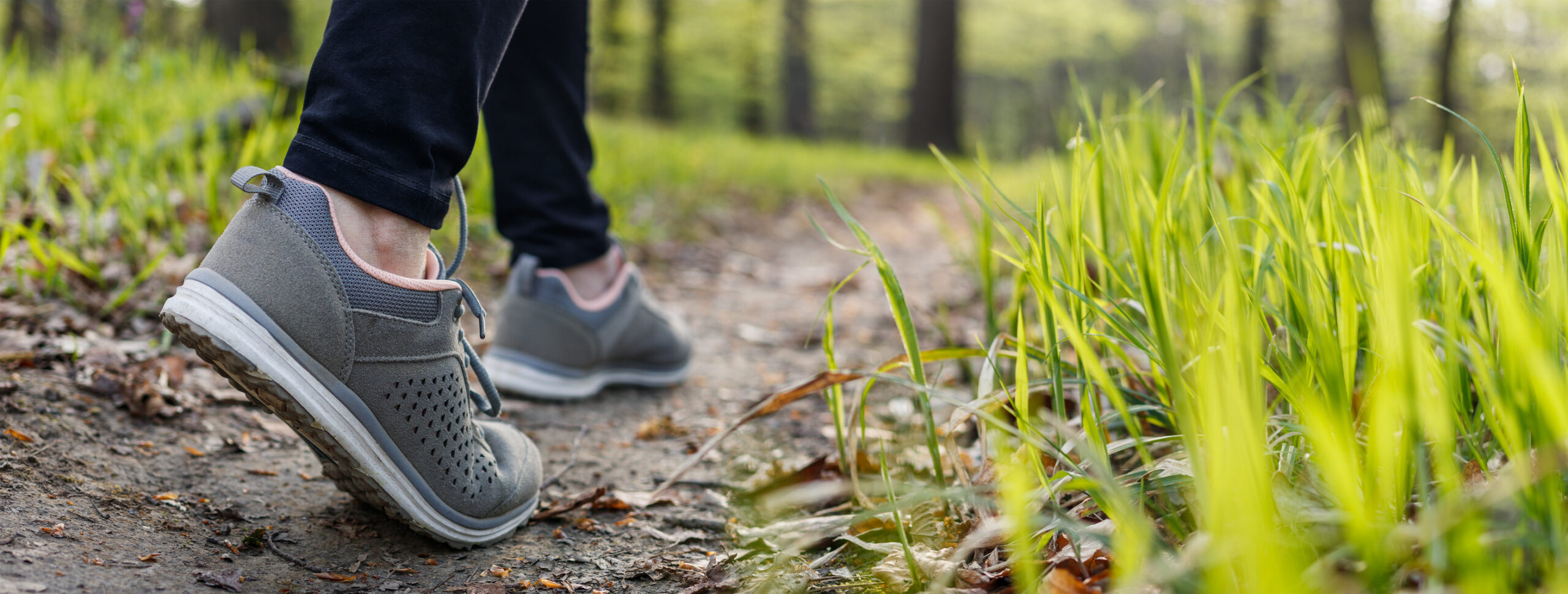Our skill sets are as unique as the demands and experiences our brains have been through during our lives. But they’re all created the same way, with ‘neural pathways’. So, how can they help us set new habits?
Brains are incredible. Their ability to constantly change and learn new skills and knowledge is possible because of a process called neuroplasticity. Every time we make a decision or perform an activity or behaviour, we establish or reinforce connections between different areas of our brains, these are known as neural pathways. When we repeat a particular action, we strengthen the neural pathway, this is how habits are formed.
Neural pathways
Every thought, action or behaviour requires communication between different areas of our brain. Imagine that your brain is a jungle habitat. All areas of the jungle are connected with pathways. Well worn paths are easy to navigate as they’re used often, whereas new frontiers can be trickier to reach, even with a map that tells you what to do. Much is the same with the way we form habits. Behaviours and actions that are repeated form well worn paths that don’t take much effort – like brushing our teeth.
When we first embark on a new journey in the jungle, the path isn’t clear, it can have obstacles and we’ll need to decide if we are to forge on or turn back. If we persist and keep using the path, it becomes stronger and more easy to use. So too, do the neural pathways in our brains when we implement new behaviours and actions. Bear in mind though, that well-worn paths — our habits — don’t always lead to constructive places for our health and wellbeing. This is when we need to establish new paths (habits) to achieve different outcomes. Under stress, we’ll usually choose the path of least resistance which is why we tend to default to overeating, drinking or other negative strategies to cope. The great news is, no matter our age, the neuroplasticity of our brain means that it is able to support and accommodate change if we persist.
We are what we repeatedly do
Repetition is key to galvanising our neural pathways, it’s estimated it takes an average of 66 days for a new behaviour to become a habit. The sustained practice of a new behaviour challenges the brain to change. Persevering and repeatedly doing the same, desired behaviour will mean it becomes easier over time, to the point it becomes second nature. The desired behaviour becomes a habit, it’s just what you do – like brushing your teeth. Lasting change happens through effort, practice and persistence.


